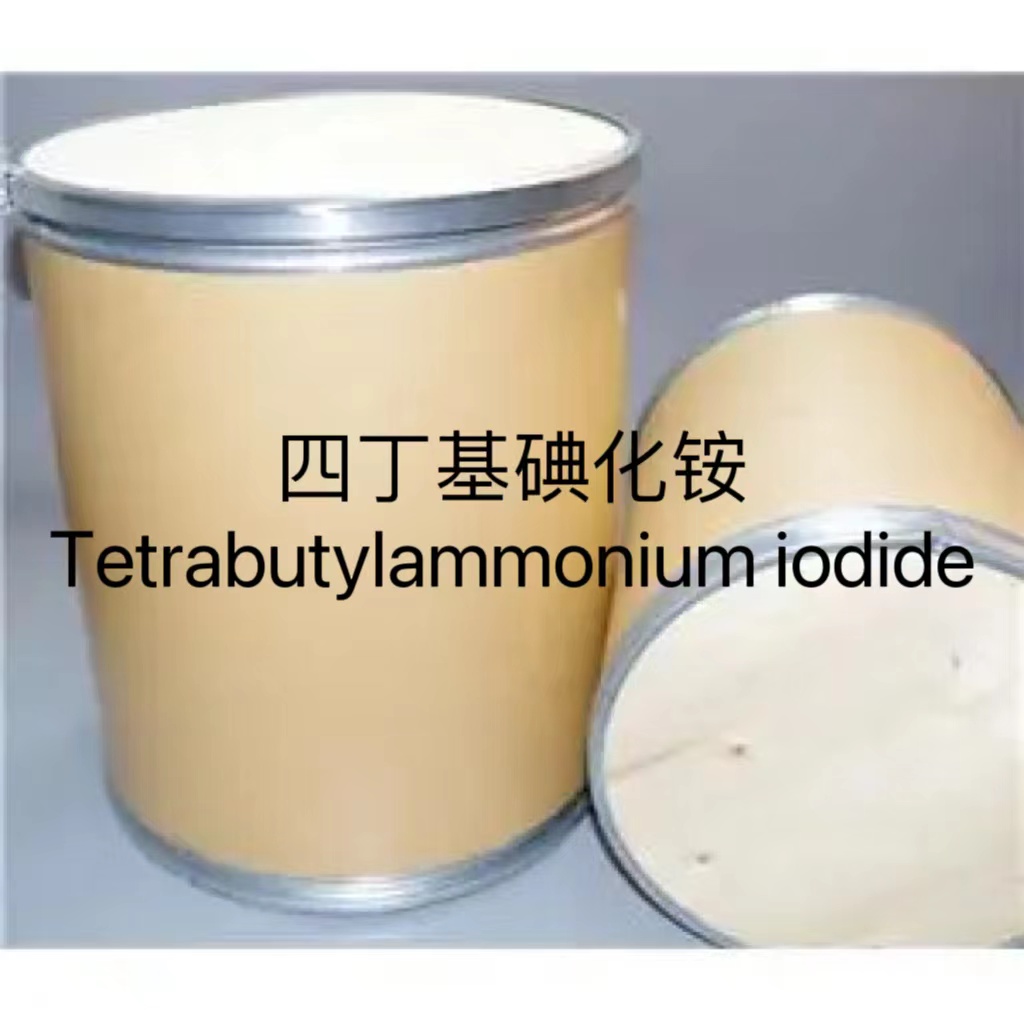Tetrabutylammonium iodide is a widely used reagent in various chemical reactions. One of the most interesting and widely studied applications of TBAI is its use in the synthesis of azides.
Synonym: TBAI
CAS number: 311-28-4
Properties

Chemical Formula
C16H36IN

Molecular Weight
369.37g/mol

Storage Temperature

Melting Point
141-143℃

Purity
≥98%

Exterior
white crystal or white powder
Tetrabutylammonium iodide, also known as TBAI, is a widely used reagent in various chemical reactions. One of the most interesting and widely studied applications of TBAI is its use in the synthesis of azides. But what is the mechanism behind this response, and how does TBAI contribute to it?
The response mechanism of TBAI is quite complex and involves several key steps. In general, this reaction involves the in situ generation of hypoiodite from TBAI and a co-reactant known as TBHP. This hypoiodite then reacts with a carbonyl compound to form an intermediate that is subsequently azide. Finally, hypoiodite is regenerated again by oxidation.
The first step in the reaction mechanism involves the generation of hypoiodite from TBAI and TBHP. This is a critical step because it initiates the reaction by providing the necessary iodine species for subsequent carbonyl oxidation. Hypoiodate is highly reactive and is capable of promoting many different chemical reactions, including halogenation and oxidation.
Once hypoiodite is formed, it reacts with a carbonyl compound to form an intermediate. This intermediate is then azidated using an imide reagent, which adds two nitrogen atoms to the molecule and essentially "activates" it for further reactions. At this point, TBAI has served its purpose and it is no longer needed in the reaction.
The final step in the mechanism involves the regeneration of hypoiodite. This is achieved by oxidation using co-reactants such as hydrogen peroxide. Regenerating the hypoiodite is critical because it allows the reaction to continue cycling and produce more azides.
Overall, TBAI's response mechanism is very elegant and efficient. By generating hypoiodite in situ and using it to oxidize carbonyl compounds, TBAI enables the generation of azides that would otherwise be difficult or impossible to synthesize. Whether you are a chemist working in a research laboratory or a manufacturer looking to produce novel materials, TBAI has much to offer. Try it today!
Post time: Jun-14-2023






